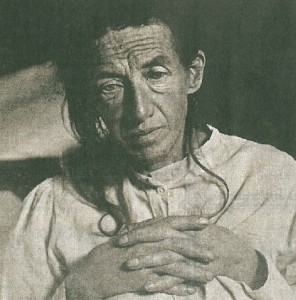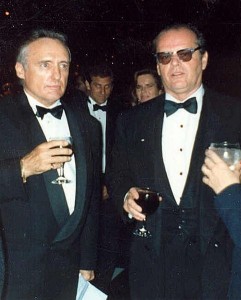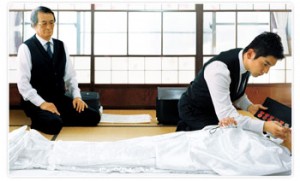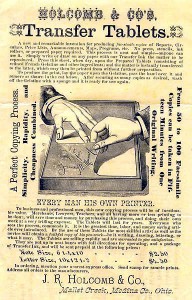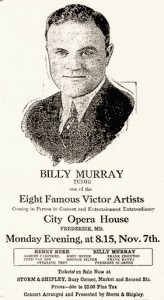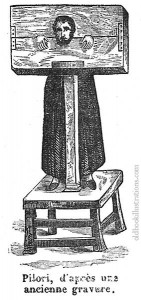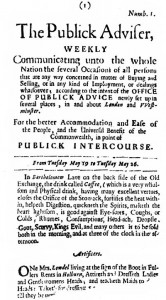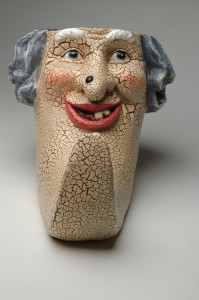
I need the "Tonight Show" job to support my wife and chin.
In 2004, Jay Leno announced he would be stepping aside as Tonight Show host in favor of Conan O’Brien: “When I signed my new contract,” Leno said in a press release, “I felt that the timing was right to plan for my successor, and there is no one more qualified than Conan.” He discussed it further on the show, saying he didn’t want there to be an unpleasant transition like there was when he and David Letterman ended their longtime friendship over the awkward struggle to replace Johnny Carson.
When the time came for the baton to be passed, however, Leno was less sanguine about the transfer of late-night power. He still dominated Letterman in the ratings and didn’t want to abdicate the throne. Leno could have done several things. He could have refused the initial overtures in 2004 to step down from his post while he was still on top. He could have gone to another network in 2009 and beaten NBC at its own game. Or he could have tried to do a 10pm show the way he did.
But one thing he shouldn’t have done was to openly campaign to replace Conan just five months after O’Brien took over the Tonight Show. But that’s exactly what Leno did, in passive-aggressive mode, in a November 2 interview with Broadcasting & Cable. An excerpt:
“B&C: Do you want to go back to 11:35?
Jay Leno: If it were offered to me, would I take it? If that’s what they wanted to do, sure. That would be fine if they wanted to.”
During this whole public fiasco, Leno has maintained that no show has ever been cancelled when it was rated number one like his Tonight Show was. Actually it has happened before. It was in 1992, when Johnny Carson’s Tonight Show, which was rated number one, was cancelled when Leno’s manager got NBC brass to push Carson out of the job. Leno, eternally innocent, knew nothing about these machinations. He decided to not immediately relinquish the host’s chair when he found out about the back-room dealings. And even though Leno struggled mightily both creatively and ratings-wise at first, Carson never campaigned to get his job back.


